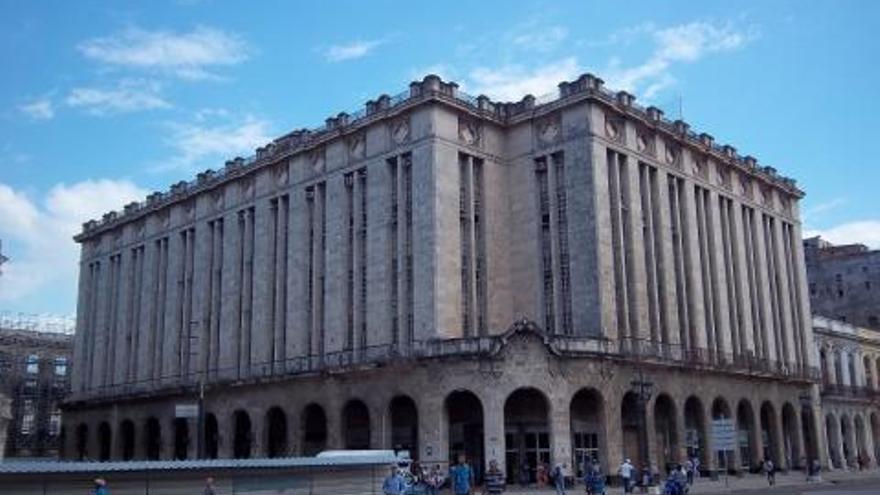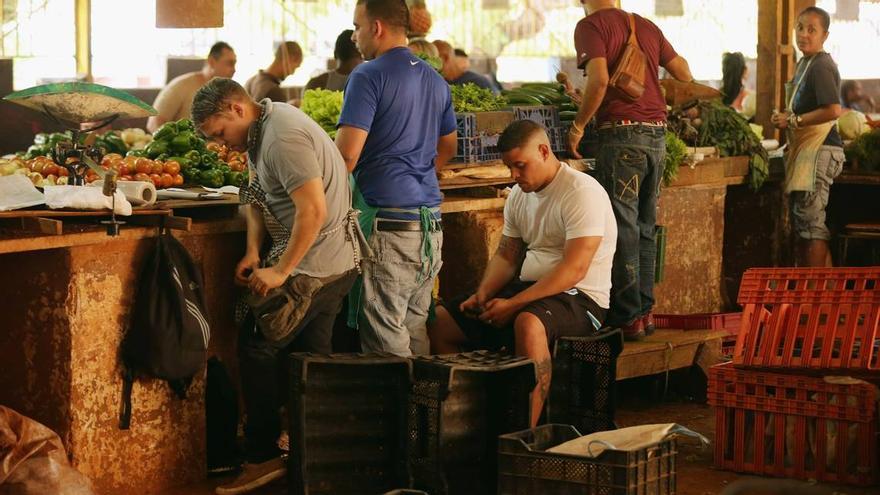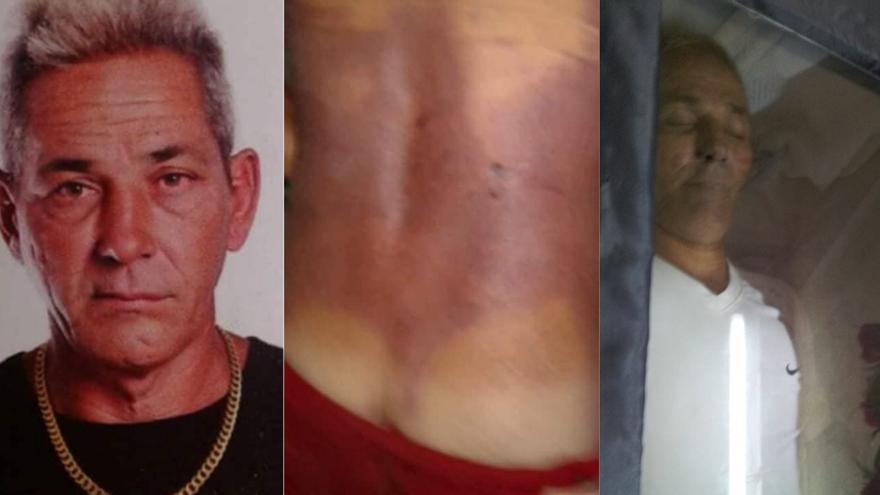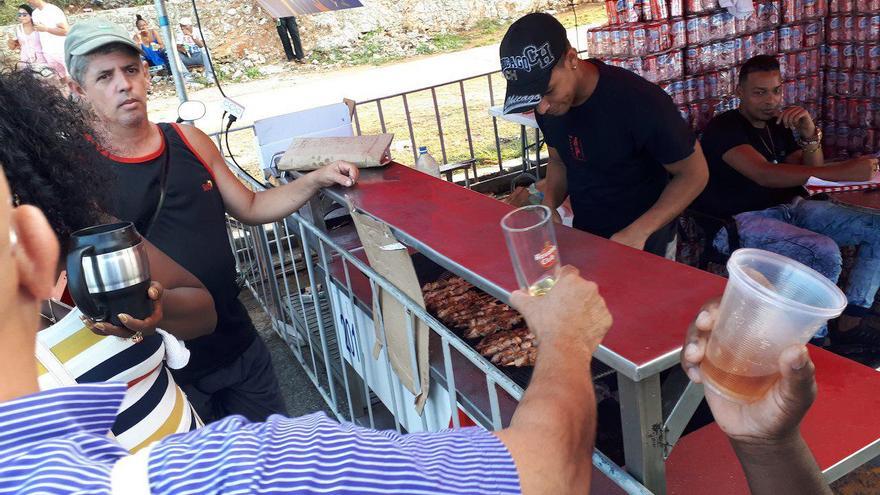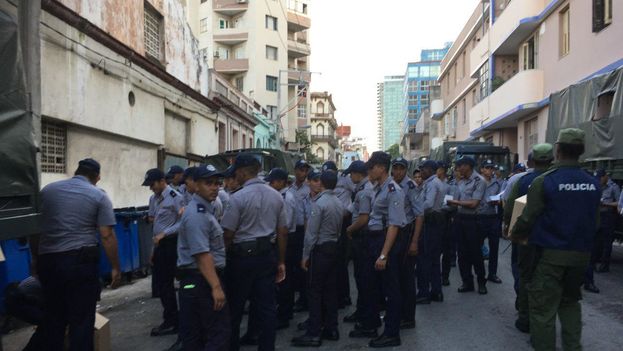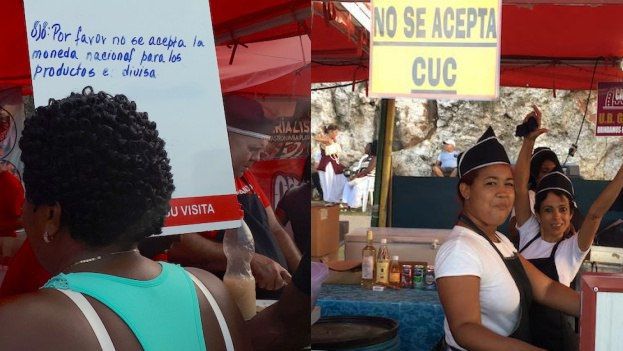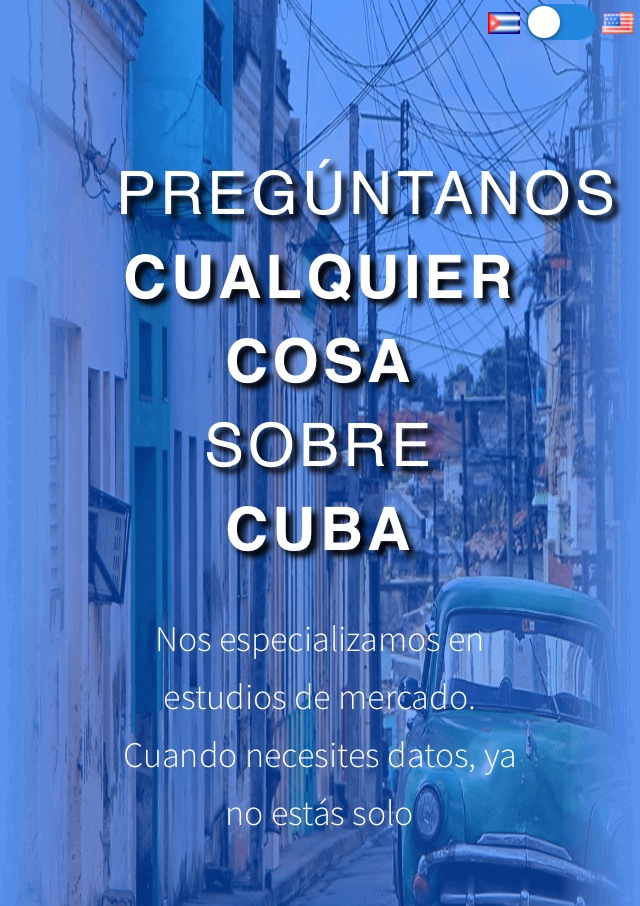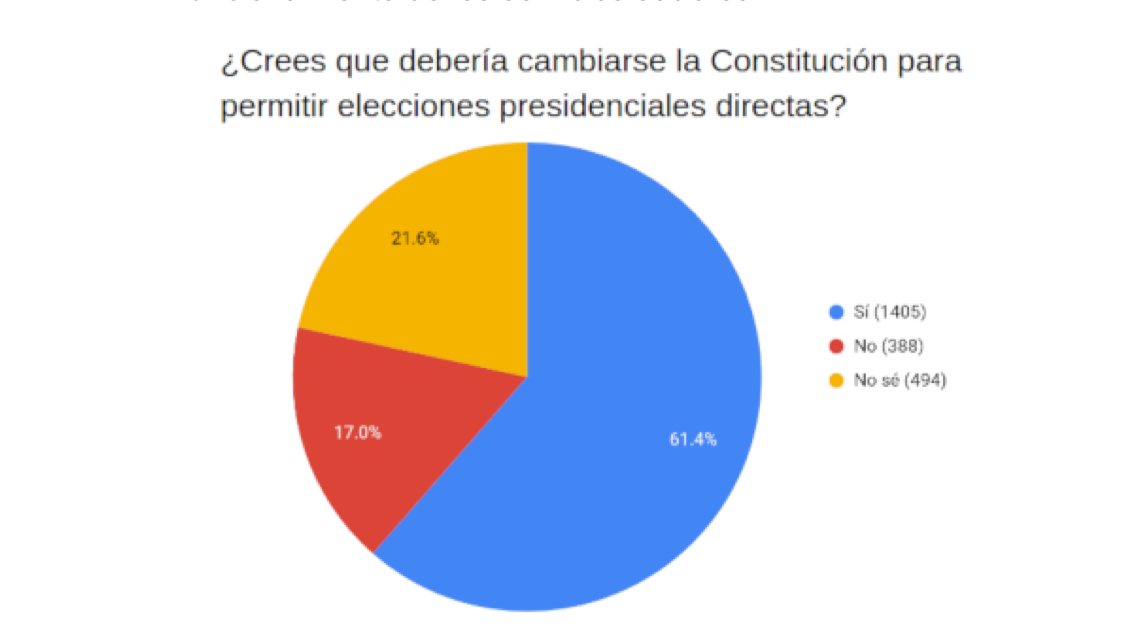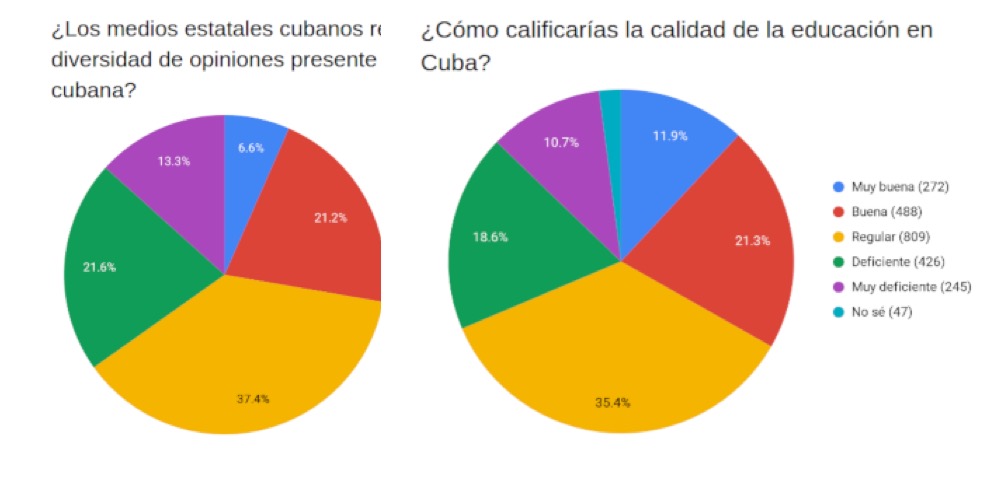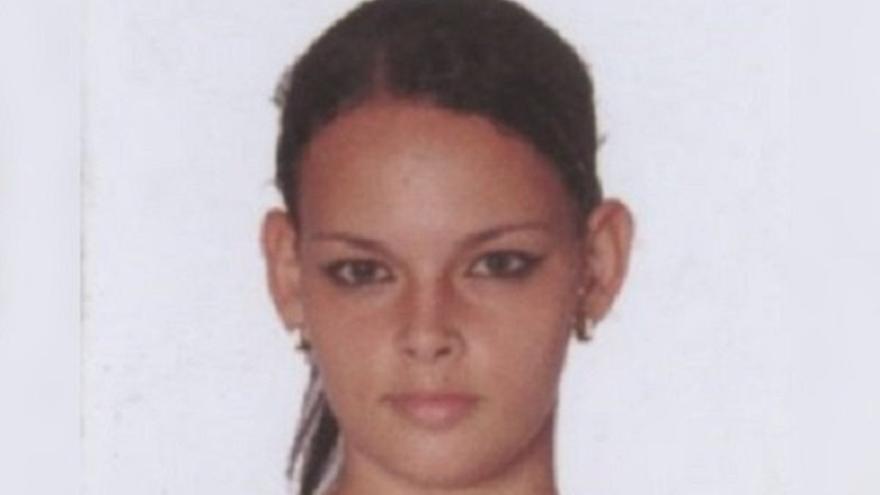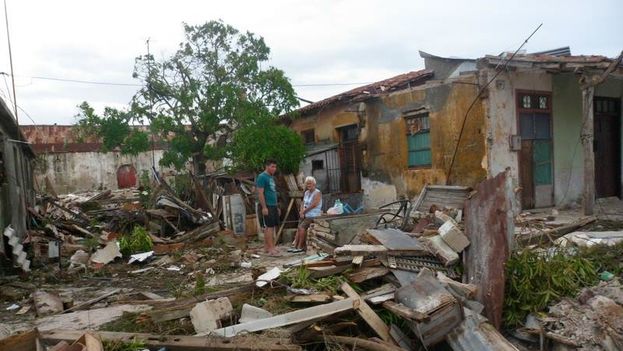
The Cuban Economy, Elias Amor Bravo, 27 August 2018 – Someone asks a naive question in Granma today: “Can a policy be more harmful than a hurricane?” The answer is yes, of course a policy can cause irreparable damage to a society by its application.
The most obvious example is the policy practiced by the Cuban communist regime against its people. Don’t look at “the blockade or the US embargo,” because however many measures one can cite of concrete cases of the application of that legislation, the harm caused by communist policies is infinitely worse. One in particular, the worst of them all: expropriations without compensation.
In any case, as has already been pointed out on this blog on numerous occasions, the matter of the embargo has an easy fix: pay what is owed by the Cuban regime. When one of the parties is unwilling to assume its responsibilities in a dispute, normally the other one will not make a move either. continue reading
It has been almost 60 years, certainly, but many more could pass, because I insist that the damage that the poorly-named ’blockade’ causes the Cuban economy is miniscule compared with the waste, lavish spending, nonsense, and accepted bankruptcies over six decades of the Castro regime.
Cuba has done business, received investments, obtained credits and loans over decades, without any limit, but nevertheless, that did not mean an improvement in the living conditions of Cubans, but rather the complete opposite. It’s time that demagogy be set aside once and for all, and that they begin to assume responsibilities for the many votes that they obtain from the countries of the United Nations.
Even a hurricane, as the Cuban residents of south Florida well know, with all its destructive force, can still create economic opportunities in recovery that over the long term end up being positive. To this end, it is the financial sector, savings and insurance, whose development on the island is practically nonexistent. The Castro blockade of an activity essential for the functioning of an economy, in terms of connection to disasters, is an example that confirms the terrible quality of the economic policies implemented on the island.
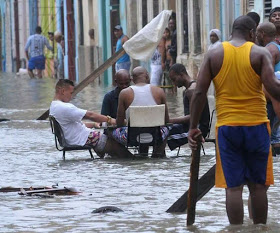
In Cuba, cyclones are devastating, among other things, because there is no space for private or public savings. Basically, because Cubans scrape by on the lowest salaries in the world, incapable of saving for old age and with a notable suspicion and distrust toward the banks belonging to the state, which on occasions have shown that, when the time comes to defend interests, they never put first those of their depositors, but rather those of the ones in charge. The Cuban economy has neither the rigor nor the confidence necessary for the damages of a hurricane to be fixed as happens in any other country in the world. To that end, the consequences are bigger and it takes much more time to return to the levels of prior to the natural disaster.
History is what it is. After the property confiscations decreed by the communist revolution at the beginning of the 60s and until the “revolutionary offensive” of 1968, the hereditary private capital of Cubans passed to the hands of the state without any compensation.
A hurricane of massive destruction. It’s possible that the Granma columnist doesn’t know it, or that the report that is sparingly made every year for the United Nations doesn’t want to refer to it, but those uncompensated expropriations by the state from their legitimate owners (many of them citizens of the US whose government sees itself as entitled to defend their interests) meant the absolute impossibility of every again reaching their prior levels of income and wealth and, for this reason, they ended their days in the most absolute misery.
Perhaps it doesn’t matter to the communists what could happen to these people, their assets, and their companies, but what they had to endure as a result of these “revolutionary” actions was much more destructive than the worst of hurricanes: exile, rupture, the loss of family ties, or simply fleeing abroad in search of freedom.
What Granma calls “the economic, commercial, and financial blockade imposed by the United States against Cuba” is a joke compared with the harm caused by that communist greed to change the structure of property in the Cuban economy. The impact of this was well over $140 billion. In practical terms, this is the total value of all the homes and savings that were expropriated suddenly in two or three neighborhoods in Havana. If what they want is to compare, let them do so.
I insist again. The “blockade” has an easy fix. Pay. Once done, let’s see if it’s true that the Cuban economy can straighten itself out. I greatly fear that it won’t be possible if one considers the design created in the so-called “constitutional reform.” One step forward, but two steps back. This is the real check on any real advance in the Cuban economy and in the improvement of the population’s living conditions.
For a responsible government, throwing a stone and hiding the hand isn’t the most appropriate conduct. If the communist regime wants to normalize economic, commercial, and financial relations with the United States, it knows well what it has to do.
I don’t see the US government especially interested in maintaining a policy whose sole responsibility belongs to someone else. The recent toughening of sanctions by president Donald Trump in 2017 is a good point in the game to try to put a definitive end to the dispute. Above all because it means not accepting a Castro “snub” from which US citizens and companies never should have suffered.
The United States does well to defend its’ people’s interests. It’s a message that, transferred to the rest of the world, has a very clear and valuable meaning, possibly quite superior to that given by other countries to their citizens who are victims of communist expropriations.
History is there to be told. Frequently, the communist regime in Havana tends to create a history that never existed, or to cut from it scenes that by now turn out to be unviable, like the arguments offered to oppose a democratic and pluralistic multiparty system. This is typical of authoritarianisms, because they only want one culture, one economy, a political system based on one ideology: socialist or communist, it doesn’t make a difference.
If the General Assembly of the United Nations really wanted to help in this matter, it would be easy. Maybe in Havana they are more interested in permanent harassment of their neighbor to the north. Maybe they want it to continue this way for another 60 years.
Translated by: Sheilagh Carey

